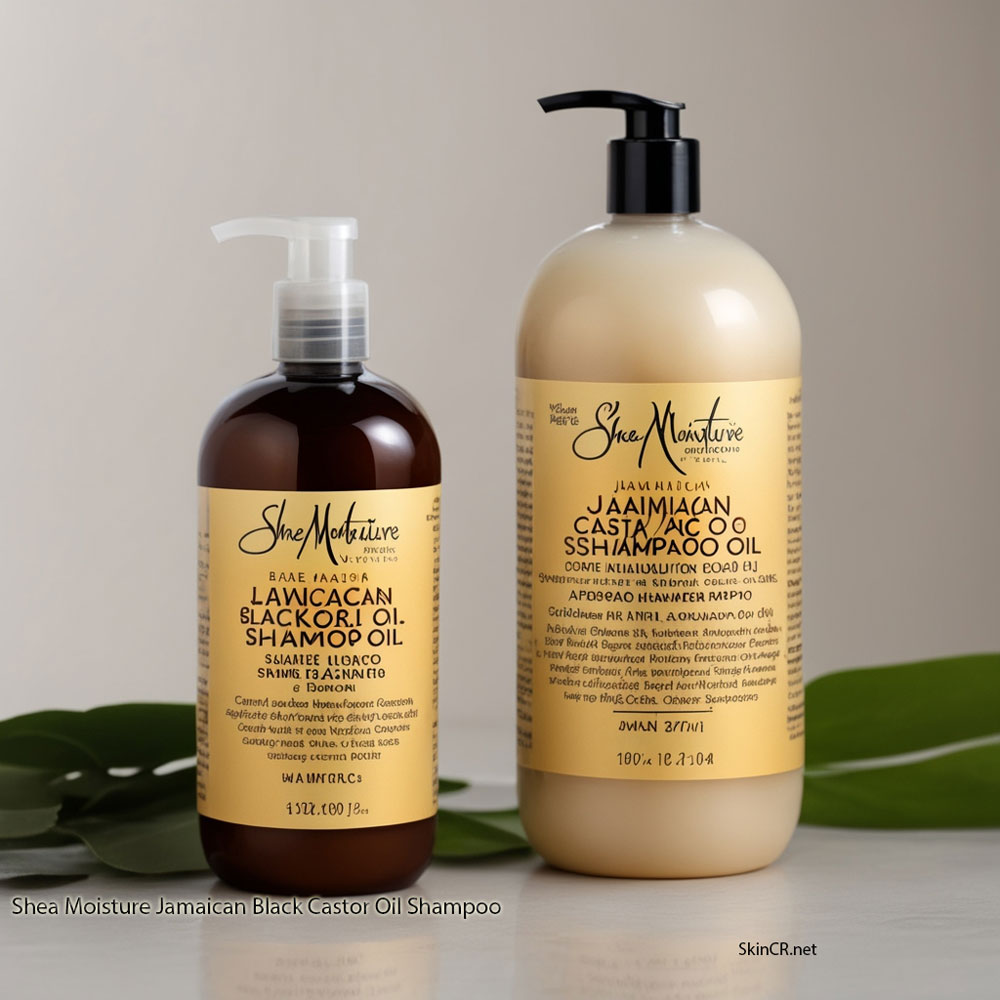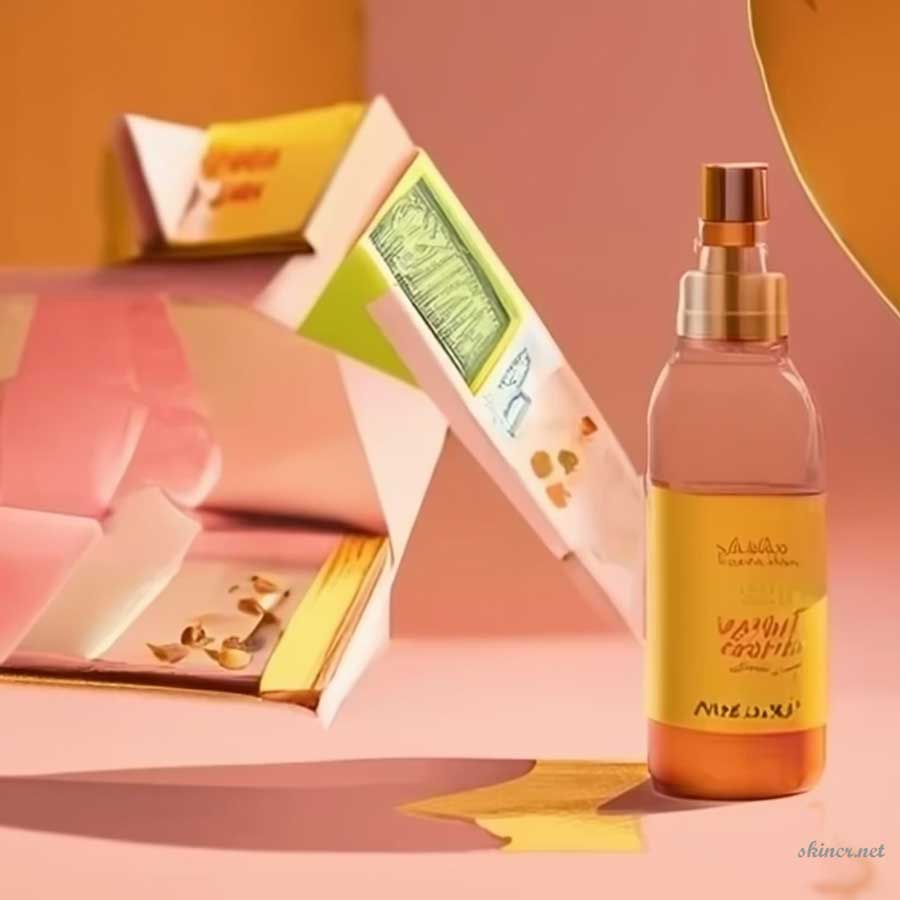In recent years, the beauty and skincare industry has seen a significant shift towards natural and organic products. Consumers are increasingly seeking skincare solutions that are gentle on their skin and the environment. This growing demand has created a unique opportunity for individuals to create and sell homemade skincare products. If you’re passionate about skincare and want to explore the world of entrepreneurship, this comprehensive guide on how to make skincare products at home to sell is the perfect place to start.
In this guide, we will cover a wide range of topics, including making skincare products courses, creating organic skincare products, the licensing requirements for selling homemade skincare products, easy homemade skincare product recipes, selling natural products from home, making beauty products at home to sell, free courses in making natural skincare products, and the steps to start a skincare business from home.
Let’s dive in!
Chapter 1: Making Skin Care Products Courses
Before you embark on your journey of making skincare products at home to sell, it’s essential to equip yourself with the necessary knowledge and skills. Taking courses in skincare product formulation can provide you with valuable insights and hands-on experience. Here are some key points to consider:
1.1 Finding the Right Courses
- Research online and local options for skincare product making courses.
- Look for courses that cover a wide range of topics, including ingredient selection, formulation, safety guidelines, and marketing strategies.
1.2 Online Courses
- Many reputable institutions and experts offer online courses that allow you to learn at your own pace.
- Online courses are often more flexible and can be a great option for those with busy schedules.
1.3 Hands-On Workshops
- Consider attending hands-on workshops or seminars to gain practical experience.
- Workshops provide an opportunity to interact with experts and fellow enthusiasts.
1.4 Certification
- Some courses offer certifications, which can boost your credibility when you start selling skincare products.
Chapter 2: How to Make Organic Skin Care Products
One of the key trends in the skincare industry is the preference for organic and natural ingredients. Here’s how you can create your own organic skincare products:
2.1 Ingredient Selection
- Research and source high-quality organic ingredients.
- Common organic ingredients include organic oils (such as jojoba or coconut oil), shea butter, aloe vera gel, and essential oils.
2.2 Formulation
- Learn about the properties of each ingredient and how they can benefit different skin types.
- Experiment with various formulations to create unique and effective products.
2.3 Safety and Preservation
- Understand the importance of using natural preservatives to extend the shelf life of your products.
- Ensure your products are free from harmful chemicals and additives.
2.4 Packaging
- Choose eco-friendly and recyclable packaging materials to align with the organic theme of your products.
Chapter 3: Do You Need a License to Sell Homemade Skin Care Products?
Before you start selling homemade skincare products, it’s crucial to understand the legal requirements and licensing procedures in your area:
3.1 Research Local Regulations
- Regulations can vary from one region to another, so research your local laws regarding the sale of skincare products.
3.2 Licensing
- In many cases, you may need a license or permit to sell skincare products.
- Contact your local health department or regulatory agency to inquire about the specific requirements.
3.3 Product Labeling
- Ensure that your product labels comply with all labeling requirements, including ingredient lists and safety warnings.
3.4 Liability Insurance
- Consider obtaining liability insurance to protect yourself in case of any unforeseen issues or product-related incidents.
Chapter 4: How to Make Skin Care Products at Home Easy
Making skincare products at home can be a rewarding and enjoyable process. Here’s a step-by-step guide to get you started:
4.1 Gather Supplies
- Collect all the necessary equipment, such as mixing bowls, measuring spoons, and containers.
- Ensure your workspace is clean and sanitized.
4.2 Choose a Recipe
- Start with simple recipes for beginners.
- Follow recipes carefully, noting ingredient measurements and instructions.
4.3 Experiment and Customize
- As you gain experience, don’t be afraid to experiment with different ingredients and formulations.
- Customize products to cater to specific skin types or concerns.
4.4 Safety First
- Always wear protective gear, such as gloves and a lab coat, when working with ingredients.
- Maintain hygiene standards throughout the process.
4.5 Testing
- Before selling your products, conduct thorough testing on yourself and willing volunteers to ensure safety and effectiveness.
Chapter 5: Selling Natural Products from Home
Selling natural skincare products from the comfort of your home can be a lucrative venture. Here’s how to get started:
5.1 Branding and Marketing
- Create a unique brand identity that reflects the natural and organic nature of your products.
- Develop a marketing strategy that includes social media, a website, and email marketing.
5.2 Pricing
- Calculate your costs, including ingredients, packaging, and marketing expenses, to set competitive pricing.
5.3 Online Marketplaces
- Consider selling your products on popular online marketplaces such as Etsy or Amazon Handmade.
5.4 Building Trust
- Transparency about your ingredients and production process can build trust with customers.
- Encourage reviews and testimonials to showcase the effectiveness of your products.
Chapter 6: How to Make Beauty Products at Home to Sell
Expanding your product range to include various beauty products can attract a broader customer base. Here are some popular homemade beauty product ideas:
6.1 Lip Balms and Scrubs
- Create natural lip balms and scrubs using ingredients like beeswax, honey, and exfoliating agents.
6.2 Bath Bombs and Salts
- Craft luxurious bath bombs and bath salts infused with soothing essential oils and natural fragrances.
6.3 Perfumes and Body Sprays
- Develop unique fragrance blends for homemade perfumes and body sprays.
6.4 Hair Care Products
- Explore homemade hair masks, serums, and shampoos using organic ingredients.
6.5 Nail Care Products
- Design natural nail oils and cuticle creams for nail enthusiasts.
Chapter 7: Free Courses in Making Natural Skin Care Products
If you’re looking for free resources to enhance your skincare product-making skills, consider the following options:
7.1 Online Tutorials
- Explore YouTube and various blogs for step-by-step tutorials on making natural skincare products.
7.2 Community Workshops
- Check with local community centers or groups that may offer free or low-cost workshops.
7.3 DIY Forums and Groups
- Join online forums and social media groups dedicated to DIY skincare product enthusiasts.
- Members often share valuable tips and recipes.
Chapter 8: Starting a Skincare Business from Home
Starting a skincare business from home requires careful planning and execution. Here’s a roadmap to help you get started:
8.1 Business Plan
- Develop a comprehensive business plan outlining your product range, target market, pricing strategy, and financial projections.
8.2 Legal Structure
- Choose a suitable legal structure for your business, such as a sole proprietorship, LLC, or corporation.
8.3 Branding and Packaging
- Create a memorable brand name, logo, and packaging design that aligns with your product’s identity.
8.4 Online Presence
- Build a professional website and establish a strong online presence through social media platforms.
8.5 Sales and Distribution
- Decide on your sales channels, whether it’s through your website, local markets, or online marketplaces.
8.6 Record Keeping
- Keep accurate records of your sales, expenses, and inventory for tax purposes.
Conclusion
Embarking on the journey of making skincare products at home to sell is both exciting and rewarding. By acquiring the necessary knowledge, ensuring legal compliance, and focusing on quality, you can create a successful business in the ever-growing natural skincare industry. Whether you’re starting small or dreaming big, the key is to stay passionate, innovative, and committed to providing your customers with the best natural skincare products. With dedication and perseverance, you can turn your homemade skincare products into a thriving business that benefits both your customers and the environment.


